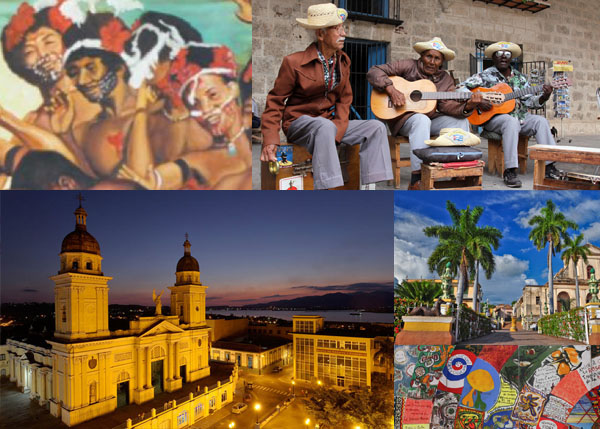11.2.1 Guillermo Tomás Bouffartigue Conservatory of Music.

The Guillermo Tomás Bouffartigue Music Conservatory (San Juan Bosco No. 57, Guanabacoa, Havana) was established in July 1959 in Villa de la Asunción, Guanabacoa, also known as Villa de Pepe Antonio. This institution trains students at the Elementary and High School levels, and is therefore considered one of the most comprehensive in the Art School System.
The history of this institution dates back to 1904, when the Guanabacoa Municipal Music School was inaugurated. The main promoter of its creation was the mayor of the town, Diego San Franchi Sosa.
Beginning in 1905, the school began performing at various public events. As part of its founding purpose, Aurelio Valdés assumed its leadership. He was replaced in the second school year by Domingo López, a musician from the Havana municipal school, who had been referred by Guillermo Tomás.
In 1945, due to a lack of funds for teachers’ salaries, Gerardo Delgado Guanche, the director at the time, decided to close the school that had been maintained until that date.
The Guanabacoa Municipal Music Conservatory (San Juan Bosco No. 57, Guanabacoa, Havana) reopened in 1959 under the name of Guillermo Tomás Bouffartigue. The school was originally located at 20 Máximo Gómez Street; it is currently located at 57 San Juan Bosco.
The Guillermo Tomás Music School (San Juan Bosco No. 57, Guanabacoa, Havana) offers 21 instrument classes. The longer courses, which include piano, viola, violin, and cello, begin at the elementary level for a period of seven years, starting at age 8. The shorter courses begin at the same level for a five-year period, starting at age 10. These courses include flute, guitar, clarinet, saxophone, percussion, oboe, trombone, and trumpet. Enrolled students receive general education in all other subjects.
Instruments such as the double bass, electric guitar, French horn, bassoon, tuba, and euphonium are also offered at the conservatory.
To enroll in the upper secondary level (pre-university), students take various music tests. Those who pass these continue in school to prepare for that level. Secondary education lasts four years.
An average of 40 students graduate each school year, completing their training as professional musicians capable of joining various types of ensembles and also working as teachers in music schools.
The conservatory has a faculty of teachers who have graduated from secondary and higher education levels and other educational specialties.
It features several groups, including a symphony orchestra, chamber orchestra, band, and choir. Popular music projects include jazz groups, a wind quintet, and a brass band.
Students compete and participate in competitions and festivals held in different disciplines and at all levels, where the center has achieved top rankings and earned notable awards.








